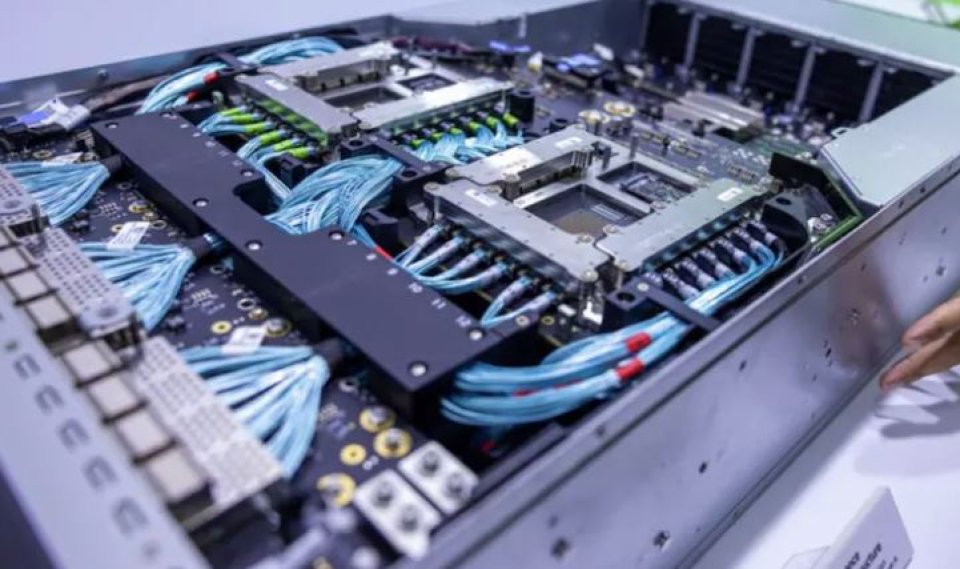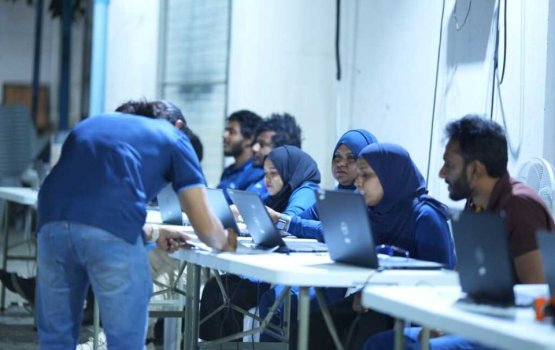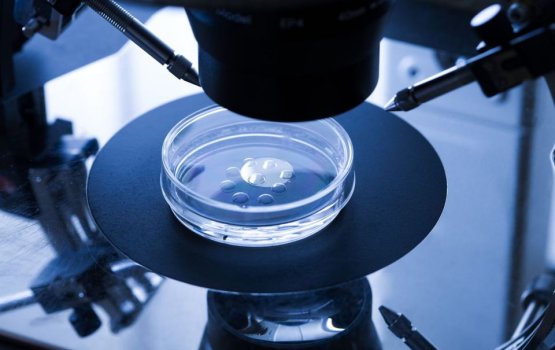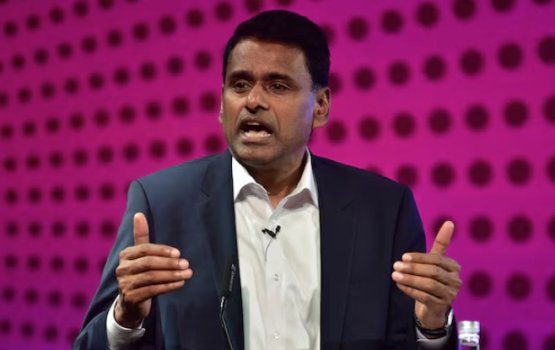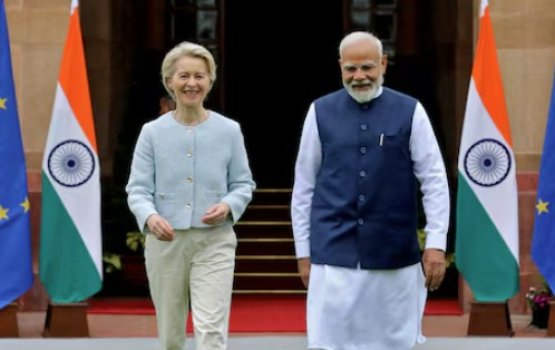The second phase of the India Semiconductor Mission (ISM) marks a new chapter in India's ambitious attempts to establish itself as a major player in the global semiconductor supply chain.
ISM, which was started with the goal of making India a major global center for electronics production, has put the nation in a position to lessen its dependency on imported chips while satisfying the needs of its expanding industrial and technology sectors.
The second phase represents a stronger commitment to making India a global leader in semiconductors.
India's road toward semiconductor manufacturing began in 2021 with the commencement of the first phase of the India Semiconductor Mission.
Using a budget of roughly $10 billion, or Rs 76,000 crore, the Indian government sought to entice investors to invest in semiconductor fabrication facilities and the development of related infrastructure.
This stage mostly addressed:
Promoting chip manufacturing: To entice both domestic and foreign businesses to establish semiconductor and display fabs in India, the Indian government provided financial incentives.
Prominent international companies that indicated interest were Micron Technology, Vedanta, and Foxconn.
Creating the ecosystem: In addition to manufacturing, the goal was to create a whole semiconductor ecosystem, which included everything from design and manufacture to testing and packaging.
The creation of design centers and collaborations with academic institutions were essential in enabling India's talent pool to be ready for this cutting-edge sector.
Boosting the supply chain: The first stage also aimed to bolster India's raw material supply chain, guaranteeing a steady and safe flow of resources required for the production of semiconductors.
The India Semiconductor Mission's second phase now goes beyond setting the foundation to increase production and promote innovation.
Greater aggressiveness in achieving India's long-term semiconductor goals characterizes this phase.
Among the main areas of concentration for ISM's second phase are:
Creating sophisticated semiconductor fabs: The second phase of this project intends to expedite the building and operationalization of semiconductor manufacturing plants (fabs), whereas the first phase assisted in obtaining commitments from significant participants.
These fabrication facilities play a vital role in the production of integrated circuits (ICs) and other vital electronics components.
The government has concentrated on offering more land, utility, and infrastructure support to guarantee the successful completion of these projects.
Development of indigenous capabilities: The second phase seeks to increase the country's capacity for semiconductor R&D and chip design.
The second phase focuses on utilizing India's vast engineering skill pool to develop indigenous semiconductor technologies. Indian professionals are already employed by multinational corporations in semiconductor design.
This entails lessening reliance on imported technology and promoting innovation among fabless design firms in India.
Working together with international players: India is proactively establishing itself as a trustworthy supplier in the global semiconductor supply chain.
The second phase places a strong emphasis on cooperation with nations like the US, Taiwan, Japan, and South Korea that have developed semiconductor industries.
India hopes to gain experience, acquire vital technology, and draw in investments in R&D as well as manufacturing through these agreements.

